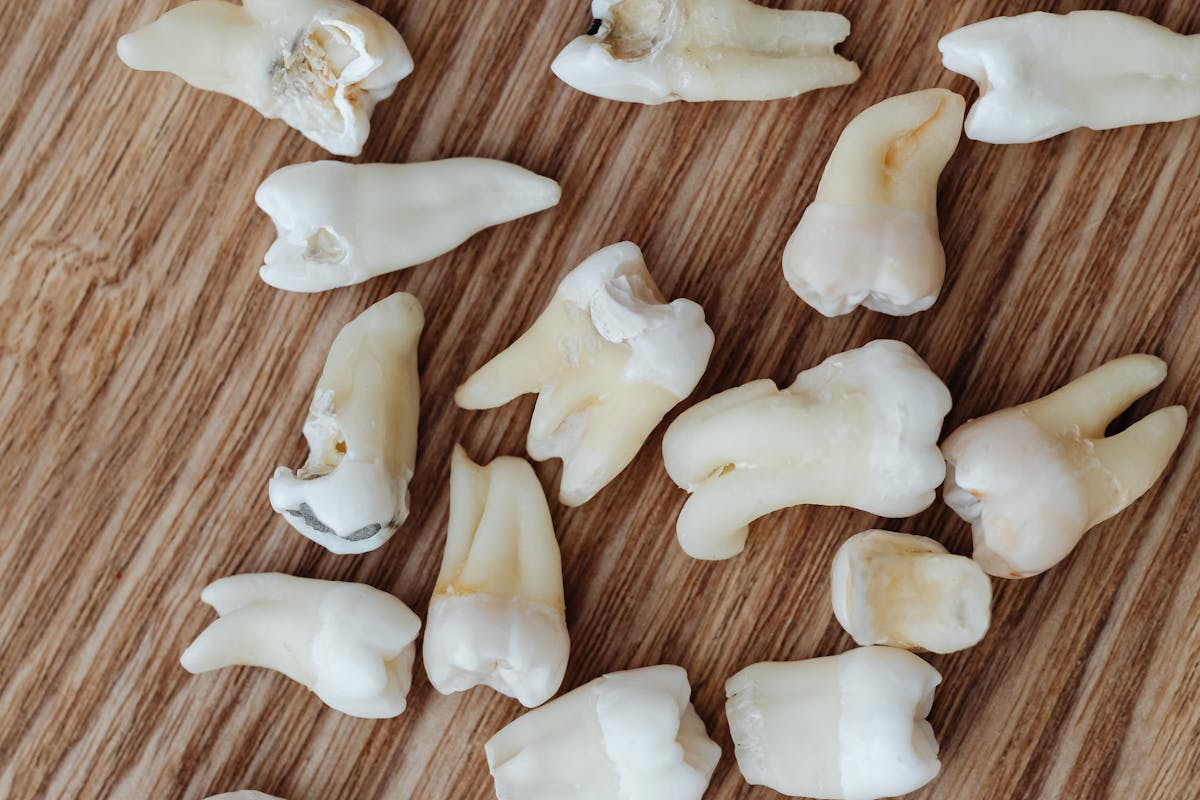
How Composite Bonding Can Address Common Dental Issues: From Chips to Gaps

Composite bonding has become a versatile and effective solution for addressing a variety of dental issues. From repairing chips and cracks to closing gaps and improving overall aesthetics, composite bonding offers a range of benefits for those seeking a quick and minimally invasive dental enhancement. This article explores how composite bonding can tackle common dental problems and highlights why it has become a popular choice in practices, including those specializing in composite bonding London.
Understanding Composite Bonding
Composite bonding, also known as dental bonding, involves applying a tooth-colored resin to the teeth. This resin is molded to correct imperfections and then hardened using a special light. The result is a natural-looking repair that blends seamlessly with the surrounding teeth. This procedure is valued for its ability to address a wide array of dental issues with minimal discomfort and a relatively quick turnaround time.

Addressing Chipped Teeth
One of the most common issues that composite bonding addresses is chipped or cracked teeth. Chips can occur from accidental impacts, grinding, or even everyday wear and tear. Composite bonding provides a straightforward solution: the dentist applies the resin to the affected area, shaping it to match the tooth’s natural contours. Once the resin is hardened, it restores the tooth’s appearance and function. This technique not only repairs the damage but also helps to prevent further deterioration.
Correcting Cracks and Fractures
Similar to chips, cracks and fractures can compromise both the aesthetic appeal and structural integrity of a tooth. Composite bonding offers a durable solution to these issues. The bonding material fills in the crack, reinforcing the tooth and preventing it from worsening. This process is particularly beneficial for minor to moderate cracks, as it restores the tooth’s strength and resilience while maintaining a natural look.
Closing Gaps Between Teeth
For individuals who have gaps between their teeth, composite bonding provides an effective way to close these spaces. This condition, known as diastema, can be caused by various factors, including genetics or tooth alignment issues. By applying composite resin to the sides of the adjacent teeth, a dentist can effectively close the gap and create a more uniform smile. This procedure is less invasive compared to orthodontic treatments and offers immediate results.
Enhancing Discolored Teeth
Teeth discoloration is a common concern, whether due to aging, dietary choices, or other factors. Composite bonding can help improve the appearance of discolored teeth by covering them with a layer of resin that matches the natural tooth color. This approach provides a quick fix for discoloration and helps restore the brightness of your smile without the need for extensive whitening treatments.
Improving Tooth Shape and Size
In some cases, patients may seek to enhance the shape or size of their teeth. Composite bonding is a flexible solution for reshaping and resizing teeth to achieve a more balanced and aesthetically pleasing smile. Whether it’s to correct uneven teeth, add volume to worn-down teeth, or improve overall symmetry, composite bonding can be tailored to meet individual cosmetic goals. The resin is carefully sculpted and polished to blend seamlessly with the existing teeth.
The Process of Composite Bonding
The process of composite bonding typically involves several steps:
Consultation and Planning: During an initial consultation, the dentist assesses the dental issues and discusses treatment options. Digital imaging or molds may be used to plan the bonding procedure.
Preparation: The tooth is prepared by lightly roughening the surface to help the resin adhere better. A shade guide is used to select a resin color that matches the natural teeth.
Application: The resin is applied in layers, sculpted to the desired shape, and hardened with a special light. The dentist will ensure that the bonded material blends seamlessly with the surrounding teeth.
Finishing Touches: Once the resin has hardened, the dentist will polish it to achieve a smooth and natural finish. The result is a repair that is both functional and aesthetically pleasing.
Why Choose Composite Bonding in London?
In London, composite bonding has gained popularity for its effectiveness and convenience. Dental practices specializing in composite bonding London offer state-of-the-art technology and skilled professionals who can deliver high-quality results. Whether addressing minor cosmetic issues or more significant dental concerns, these practices provide personalized care to achieve optimal outcomes.
Composite bonding is a practical solution for a range of common dental issues. Its ability to repair chips, cracks, and gaps, enhance the appearance of discolored teeth, and improve tooth shape and size makes it a valuable tool in modern dentistry. With minimal discomfort and impressive results, composite bonding offers a pathway to a more confident and radiant smile. If you’re considering cosmetic enhancements, exploring composite bonding with a reputable practice in London could be your first step towards achieving the smile you’ve always wanted.

